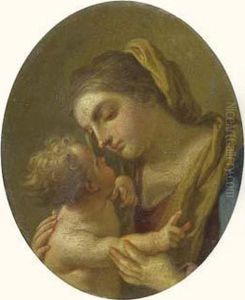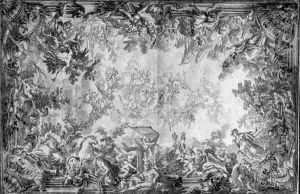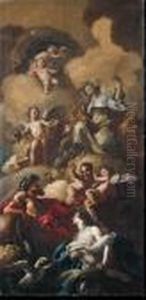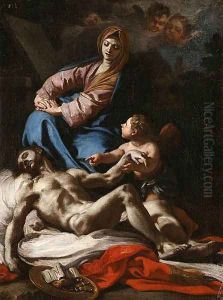Francesco de Mura Paintings
Francesco de Mura, born in 1696 in Naples, Italy, was a prominent late Baroque artist known for his refined and elegant painting style. As a leading painter in Naples during the 18th century, de Mura's work marked a transitional period leading towards the Neoclassical style. He was a student of Francesco Solimena, under whose guidance de Mura developed a mastery of both color and composition, which would become hallmarks of his artistic output. De Mura's career was distinguished by significant commissions, most notably his decorations for the church of the Nunziatella in Naples and his works in the royal palace of Turin. His religious compositions, characterized by graceful figures and soft, diffuse lighting, reflected the influence of his teacher Solimena and also hinted at the emerging Rococo style. Besides religious and mythological scenes, de Mura was also adept at portraiture, imbuing his subjects with a sense of dignity and calm. Despite his success, Francesco de Mura's work was somewhat overshadowed by the dramatic shifts in artistic trends throughout his lifetime. However, his contributions to Italian art have been reevaluated in recent years, highlighting his role in the development of late Baroque and early Neoclassical art in Italy. He passed away in 1782, leaving behind a legacy that captures the elegance and transition of 18th century Italian art.















